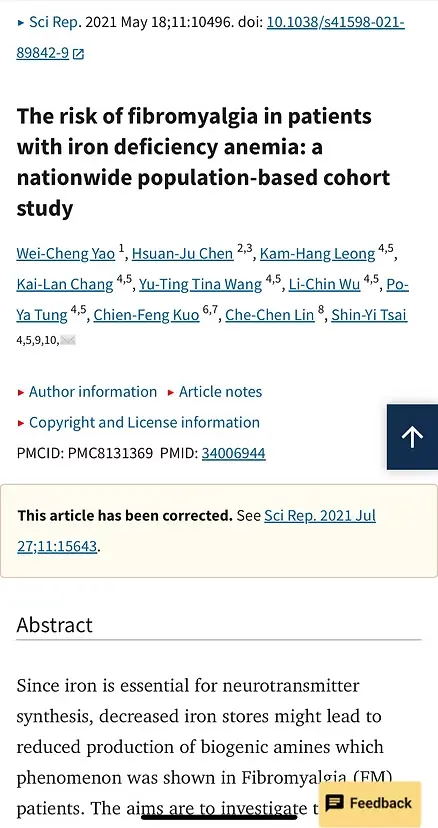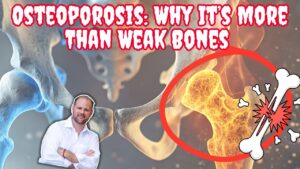Let Me Help You Take Back Control
If you’re struggling with fibromyalgia, you’re not alone. With 23 years of clinical experience, I’ve seen a pattern over and over again—something most doctors completely overlook: Subclinical Anemia.
What is Subclinical Anemia?
Most people think anemia is only diagnosed when their iron levels drop below a certain threshold. But here’s the truth: Anemia isn’t just black and white.
When I analyze blood work, I don’t just check one or two markers—I look at 15 different lab markers to truly evaluate anemia. Why? Because subclinical anemia means your iron levels aren’t optimal, even if they fall within the “normal” range.
Why Does This Matter for Fibromyalgia?
Studies show a strong link between fibromyalgia and anemia. If your iron levels are on the low end of normal, your body may not be getting enough oxygen to your cells, which can make fatigue, brain fog, and pain even worse.
How Low Iron is Keeping You Stuck in Pain
✅ Low iron = low oxygen → Your muscles, brain, and nerves struggle to function.
✅ Fatigue and weakness become your daily battle.
✅ Doctors miss it because they don’t check all 15 markers.
Are You Being Overlooked?
If you have fibromyalgia and haven’t had a thorough anemia workup, there’s a high chance you could have subclinical anemia.
What’s Next?
🔹 Don’t settle for half-answers.
🔹 Get the right tests.
🔹 Take control of your health.
If you want to start feeling better, you need to address the root causes of fibromyalgia, including hidden anemia.
👉 Download my free guide now to learn how to fix this and start your recovery!
Frequently Asked Questions (FAQ)
Subclinical anemia means your iron levels are not optimal, even if they fall within the standard "normal" lab range. This can cause symptoms like fatigue and pain because your cells aren't getting enough oxygen, but it's often missed in basic testing.
Low iron leads to reduced oxygen delivery to muscles, nerves, and the brain. This can significantly worsen classic fibromyalgia symptoms like fatigue, brain fog, and widespread pain, creating a cycle that's hard to break.
A thorough evaluation requires looking at up to 15 different iron-related markers, not just the standard one or two. This provides a complete picture of how your body is storing, transporting, and using iron.








